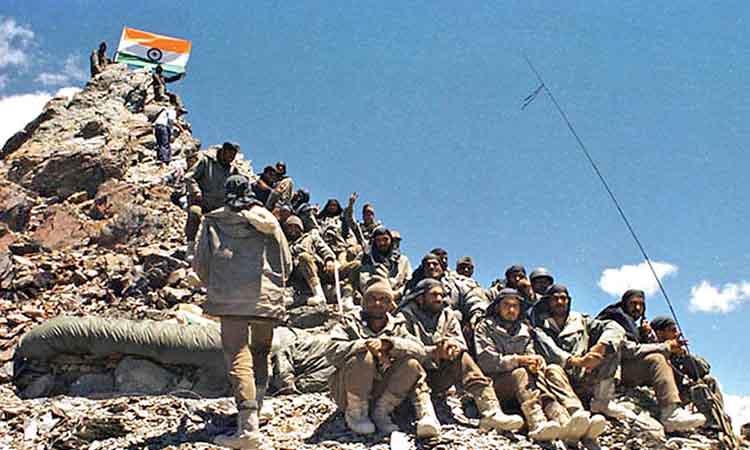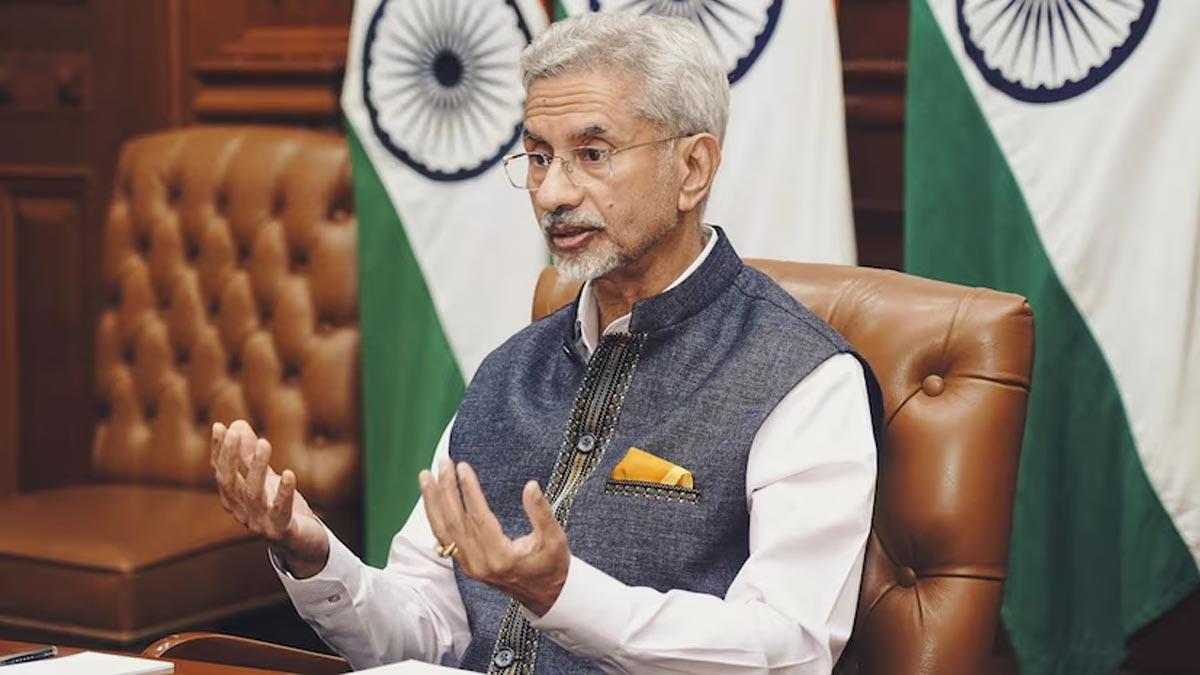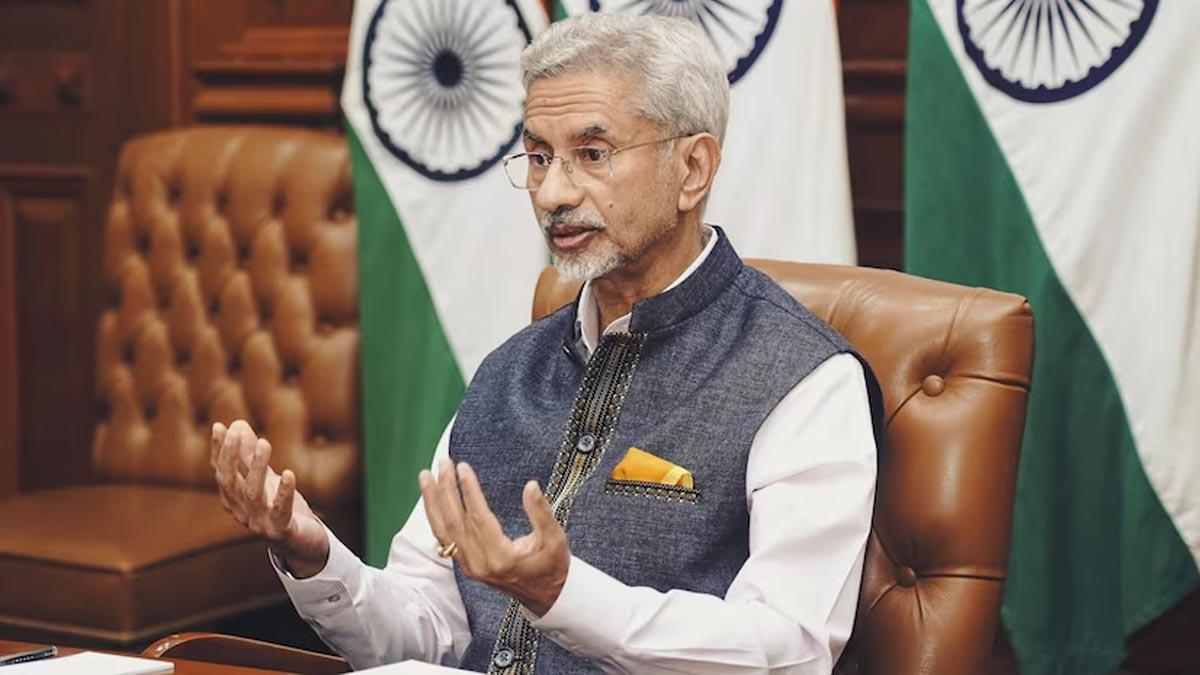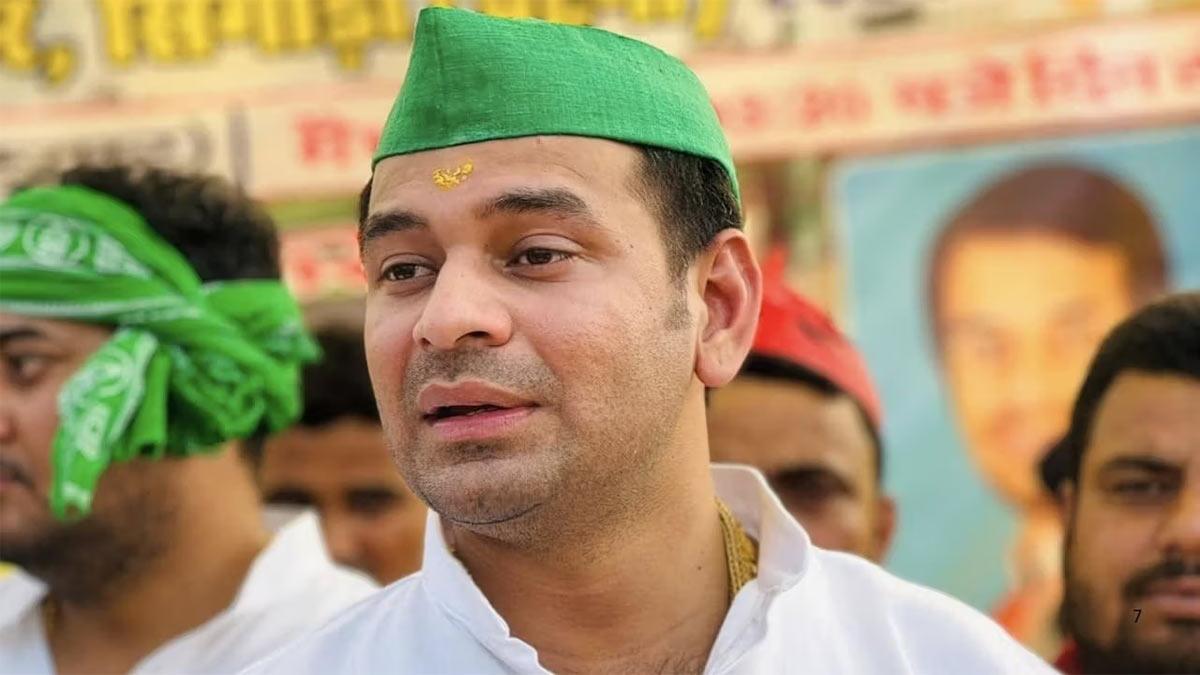Every year on 26 July, India celebrates Kargil Vijay Diwas to acknowledge and pay homage to the soldiers who sacrificed their lives to protect the motherland. The Kargil War is an important part of Indian history as it cemented India’s image of being an independent nation that could hold its ground and protect its borders even in the most challenging situations. The war broke out in May 1999 after Pakistani forces barged into Indian territory and captured many key positions in the Kargil district of Kashmir along the Line of Control (LoC). However, there was a cloud of uncertainty amongst the political class in New Delhi as the Indian border surveillance team failed to pick any disturbance along the LoC. The infiltration by the Pakistani forces came as a surprise as the two sides had signed a ceasefire agreement in March 1999. However, once the infiltration was detected, the Indian armed forces launched the operation to flush them out and Pakistan was forced to vacate the Indian territory.
Here is how Kargil War started and Pakistan Army was defeated by Indian forces:
- The Kargil conflict started on May 2 1999, when infiltration by the Pakistani Army in the Kargil district of Jammu and Kashmir was noticed by the Indian Army. The Indian border surveillance team lagged in collecting information but some local shepherds managed to provide key evidence about the intrusion.
- The word had been sent to the top political and army posts, however, with uncertainty. General VP Malik, who was the Indian Army chief in 1999 told the Times of India, “due to intelligence and surveillance failure, there was considerable confusion about the identity of the intruders within the government.”
- When the identity of the intruders was finally confirmed, there was confusion amongst Indian politicians as a couple of months ago Pakistan had agreed on a ceasefire agreement. It was a big shock to Prime Minister Vajpayee who took quite some time to believe that the intruders were not Pakistani irregulars but Pakistan regular army personnel. Vajpayee told Nawaz Sharif: ‘Aapne pith men chhura ghonp diya’ (You have stabbed me in the back).
- Moreover, the Indian Army had been running out of funds and was operating with only 70% of its total allocated funding. This resulted in poor conditioning of the armed forces. In the Kargil sector, army personnel did not have clothing or shoes that were required for high altitude or surveillance devices or radars.
- This did not stop the Indian army from putting in any less effort. They moved swiftly into suitable locations to clear the intruders and regain control of the Kargil territory. The operation was named ‘Operation Vijay’.
- The Pakistani troops were found to be both regular and irregular troops, however, the armed forces from Islamabad were found to be greater in number than the irregular ones.
- The Indian Air Force played an active role in unison with the ground troops to flush out the Pakistani troops. The Indian armed forces managed to successfully drive out intruders, capturing the Kargil sector once again. The Kargil War officially ended on July 26.
- However, victory for the Indian army came at a high price as the official death toll on the Indian side was 527, while that on the Pakistani side was between 357 and 453. Pakistani side suffered far more casualties but as usual, they did not disclose the actual numbers.
- During the initial stages of the war, Pakistan blamed the fighting entirely on independent Kashmiri insurgents, but documents left behind by casualties and later statements by Pakistan's Prime Minister and Chief of Army Staff showed the involvement of Pakistani paramilitary forces, led by General Ashraf Rashid.
- Islamabad was heavily criticised by other countries for instigating the war, as its paramilitary forces and insurgents had crossed the LOC (Line of Control). Meanwhile, India was praised for its swift action and valour.
Advertisement


















